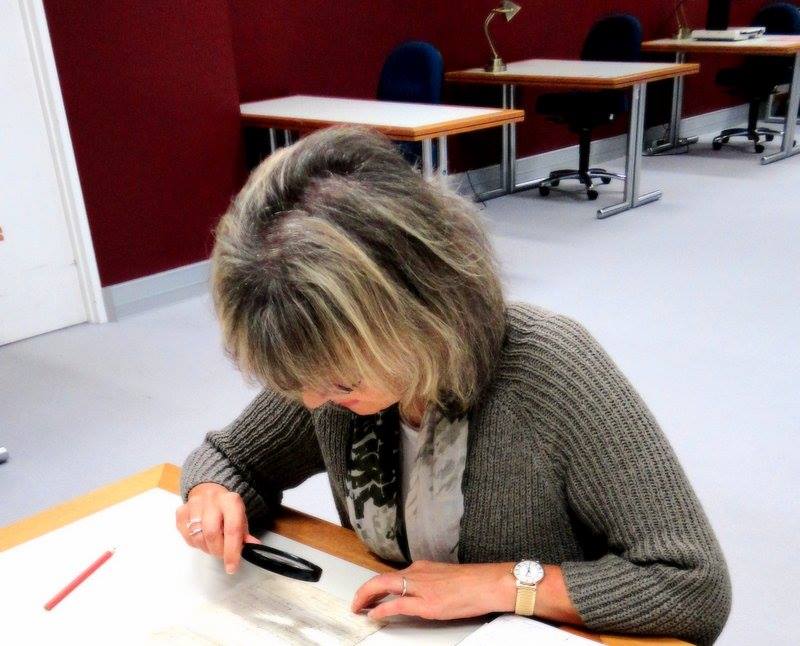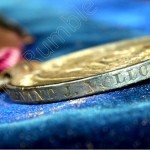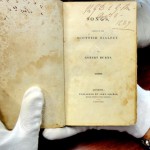COINCIDENCE?
One of the most intriguing aspects of research over the last few years has been the high frequency of historical coincidences that have come to light in the lives of the Molloys and the people around them. Two stories, apparently unlinked, can be suddenly revealed as connected by a shared association – usually a person or a place – and two lifelines are joined, creating a complete historical circle.
These examples of happenstance were cropping up often and I began to realise that although serendipity was at work in the nineteenth century just as it is now, there was another ingredient in the mix. In any group, the number of people was constricted by social and geographical boundaries, borders that an individual was far less likely to cross than in today’s world. The ‘upper’ circles in which John and Georgiana moved were the most restricted of all, martialled by birth, land and money. It was a small coterie of people, with a few new interlopers entering on the margins now and then if life was kind to them, and an occasional outcast dropping off the edges after a scandal or an unacceptable change in circumstances. In simple terms, there were far fewer people of the ‘right’ kind to mix with socially. Families like the Daltons and Kennedys (Georgiana’s parents) knew one another across generations and gentleman officers like Molloy managed their military connections like a social club. The habit of sharing gossip through letter-writing, including the smallest pieces of juicy information about the lives of others, helped to maintain the whole system and keep the web of relationships secure. It wasn’t just who you knew, it was also what you knew about them and their family.
It meant that when travelling far from home, including journeys to the furthest British colonies in India, Australia and the Cape of Good Hope, a person was very likely to meet someone they knew already, someone their family knew or the friend of a close friend. This was certainly true for the Molloys when their ship anchored at Cape Town and when they arrived in Perth in 1830.
By the time I was nearing the end of the research for my book, I was actively using this rather increased degree of likelihood as an expectation that helped to drive the pathways of investigation. If I noticed that two people had lived at some point in the same town, I searched deliberately to see if there was a connection between them. If two individuals shared the same middle or family name, I looked back into their ancestry to check for links. And sometimes, that led me to new findings including the story of how John and Georgiana first met. Things that would seem like a remarkable coincidence today were, in Georgiana’s world, sometimes the end result of longstanding and wide-reaching ties between an interconnected group of people.




The following comment was added to this post when it appeared as a link on the ‘Georgianamolloy1805’ Facebook page. It’s a wonderful example of coincidence. Thank you, Louise Lloyd Prescott.
…………………………………………………………………………………………………………………………………………………………….
Of coincidences … bear with me, as this one gets tricky:
Among the settlers of the Augusta colony was the Heppingstone family, who made up part of Captain Molloy’s entourage. Two of the Heppingstone children sailed away to America on Yankee whaling ships, which left the family’s descendants scattered all over the globe. Fortunately, through the miracle of the internet and common interests in family history, some of us have managed to connect with one another.
Anyway, Young John Heppingstone rose to be a successful captain in his own right. Years later, among the detritus that passes down in families a Heppingstone descendant in America had a photograph of another whaling captain, with the following inscription on the back: “Capt. Hiram Nye – Georgiana Nye’s (Crapo) father”. Another descendant in the Netherlands found an online genealogy reference to “Georgiana Heppingstone Nye” … curious. (Keep in mind that the Heppingstone surname is exceedingly rare.) A little more sleuthing involving more far-flung 4th cousins and ship’s log determined that Capt. Nye had served under John Heppingstone and his daughter’s middle name was presumably an homage to the man who gave him a major career step. That all made sense.
Now, John Heppingstone’s niece married yet another Yankee whaleman named Nelson Haley who, among other things, wrote a book about his experience sailing on the Charles W. Morgan – now a museum icon and the last surviving ship among the old Yankee whaling fleet. Last year, after a major restoration, the Charles W. Morgan sailed around New England — her first voyage in 93 years, and there was much rejoicing. Among the fanfare, the Descendants of Whaling Masters (a genealogy club of sorts for whaling history enthusiasts) published a section in their newsletter commemorating ancestors who had been part of the ship’s crew. In this, Nye and Haley ended up right next to each other purely by chance, as the newsletter editor knew nothing of their connection.
Whither the Nyes came up with their daughter’s first name is anybody’s guess.